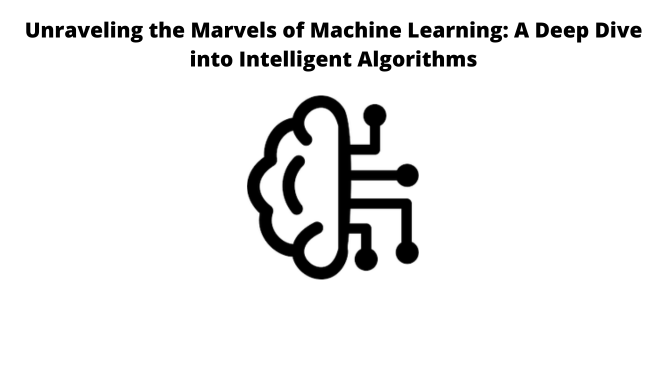In the ever-expanding landscape of technology, Machine Learning (ML) has emerged as a transformative force, reshaping the way we interact with data and make decisions. Join us on a captivating journey into the world of ML, exploring its foundational concepts, real-world applications, and the profound impact it has on various industries.
Introduction: Decoding the Essence of Machine Learning
Machine Learning, a subset of artificial intelligence, equips computer systems with the ability to learn and improve from experience without explicit programming. At its core, ML employs advanced algorithms to analyze data, identify patterns, and make intelligent decisions. Explore the new world of rising job opportunities in the domain of Machine Learning by joining the Machine Learning Training in Hyderabad course by Analytics Path.
Foundations of Machine Learning:
- Supervised Learning: In supervised learning, models are trained on labeled data, making predictions or decisions based on input-output pairs. This forms the foundation for tasks like classification and regression.
- Unsupervised Learning: Unsupervised learning involves training models on unlabeled data, allowing them to uncover patterns and relationships independently. Clustering and dimensionality reduction are common unsupervised learning tasks.
- Reinforcement Learning: Inspired by behavioral psychology, reinforcement learning focuses on training agents to make sequences of decisions by rewarding positive outcomes and penalizing negative ones.
Key Machine Learning Algorithms:
- Linear Regression: Ideal for predicting numerical values, linear regression establishes a linear relationship between input features and the target variable.
- Decision Trees: Decision trees are hierarchical structures that make decisions based on a series of conditions, providing interpretable insights.
- Neural Networks: Mimicking the human brain, neural networks consist of interconnected nodes that process information, enabling complex pattern recognition and decision-making.
Real-world Applications:
- Healthcare Diagnosis: Machine Learning aids in medical diagnosis by analyzing patient data, facilitating early detection of diseases, and personalizing treatment plans.
- Financial Forecasting: ML algorithms analyze financial data to predict market trends, optimize investment portfolios, and enhance risk management.
- Natural Language Processing (NLP): NLP applications, such as chatbots and language translation, leverage ML to understand and generate human-like language.
Challenges and Ethical Considerations:
- Bias in Algorithms: The potential for bias in ML models, often reflecting historical prejudices present in training data, necessitates ongoing efforts to ensure fairness and equity.
- Interpretability: The ‘black box’ nature of some ML models raises challenges in understanding and interpreting their decision-making processes, impacting trust and accountability.
The Future Landscape:
As ML continues to advance, the integration of Explainable AI (XAI), federated learning, and edge computing is set to shape the future landscape. These developments promise increased transparency, decentralized learning, and enhanced capabilities in real-world applications.
Conclusion: Charting the Course in the Era of Intelligent Machines
Machine Learning is not just a technology; it’s a paradigm shift that empowers machines to learn, adapt, and evolve. As we navigate the era of intelligent machines, the applications and implications of ML are boundless. Embracing the principles of machine learning opens doors to innovation, efficiency, and a future where intelligent algorithms work hand in hand with human ingenuity to solve complex challenges.
We hope that this article in the Show News must be very engaging.










